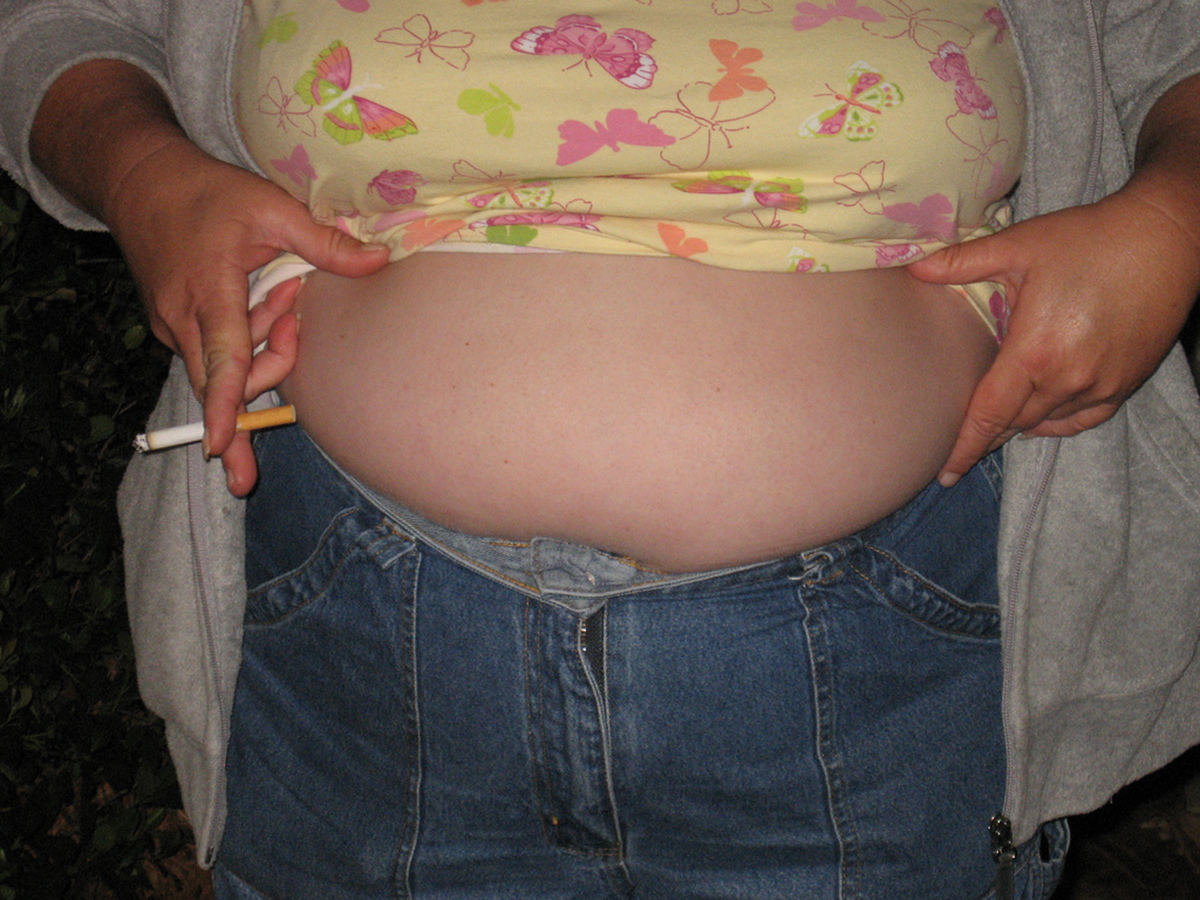Table of Contents
That's exactly what Massachusetts General Hospital surgeon Dr. Rahmi Oklu believes he and his colleagues have discovered. A surgeon typically treating liver cancer, rather than weight loss, Oklu noticed that sometimes patients who receive treatment to stop gastrointestinal bleeding experience a welcome side effect, weight loss. This occurs even if the size of the stomach is not changed.

Stopping Blood Flow Stops Hunger
In this procedure, called left gastric artery embolization, an interventional cardiologist inserts a catheter into an artery in a leg or arm and threads a catheter to an artery on the left side of the stomach. The doctor introduces strings of tiny beads to reduce blood flow to the gastric fundus, the top part of the stomach. The vascular surgeon leaves enough blood flow that the stomach tissue survives, but blocks the flow of the hormones out of the stomach to the rest of the body.
It turns out that this part of the stomach produces the hormone ghrelin, which basically sends a signal to the brain telling it "Feed me! Feed me!" There is still some ghrellin production in the pancreas, so recipients of the procedure are not going to starve just because they forget to eat, but there are fewer hunger signals to the brain so appetite is greatly reduced. It is still possible to stuff the stomach. Surgery recipients just don't want to.
Effortless Weight Loss
In a presentation to the Radiological Society of North America, Dr. Oklu and colleagues compared the experiences of 15 patients who had the embolization procedure to the left gastric artery to the experiences of 18 patients who had this procedure to stop gastrointestinal bleeding elsewhere in the body. Oklu and associates found that blocking blood flow in the artery on the left side of the stomach results in an average weight loss of 7.9%, or about 15 pounds (7 kilos), without dieting. Patients who had the procedure in another artery in the digestive tract lost on average less than 2 pounds (1 kilo).
Read More: The Skinny on Life after Gastric Bypass Surgery
Almost No Risk of Complications
What's the major advantage of left gastric artery embolization?
This endovascular procedure requires an incision just 3 mm (about 1/8 of an inch) wide. It only takes one day. Patients receive a sedative, but they usually do not have to be given anesthesia. There is little risk of bleeding, and there is very little pain. Patients do have to lie still for at least a couple of hours after the procedure, and they have to wash off a plastic packing over the tiny surgical incision a few days later, when they get home, but overall, embolization is vastly less complicated than gastric bypass or lapband surgery.
What Oklu and other doctors don't know yet is whether the decreases in ghrelin production that lead to reduction in appetite are permanent. They also do not know with certainty that the procedure is safe for healthy obese patients, or obese patients who have other medical problems. But a minimally invasive weight loss treatment may be just a few years from general use.
- Cobourn C, Degboe A, Super PA, Torre M, Robinson J, Jin J, Furbetta F, Bhoyrul S. Safety and effectiveness of LAP-BAND AP System: results of Helping Evaluate Reduction in Obesity (HERO) prospective registry study at 1 year.J Am Coll Surg. 2013 Nov. 217(5):907-18. doi: 10.1016/j.jamcollsurg.2013.06.010. Epub 2013 Sep 10.
- Flancbaum L, Belsley S. Factors affecting morbidity and mortality of Roux-en-Y gastric bypass for clinically severe obesity: an analysis of 1,000 consecutive open cases by a single surgeon. J Gastrointest Surg. 2007 Apr. 11(4):500-7.
- Photo courtesy of Army Medicine by Flickr : www.flickr.com/photos/armymedicine/7345216194/
- Photo courtesy of Edward Russell by Flickr : www.flickr.com/photos/edrussell/363014979/


Your thoughts on this